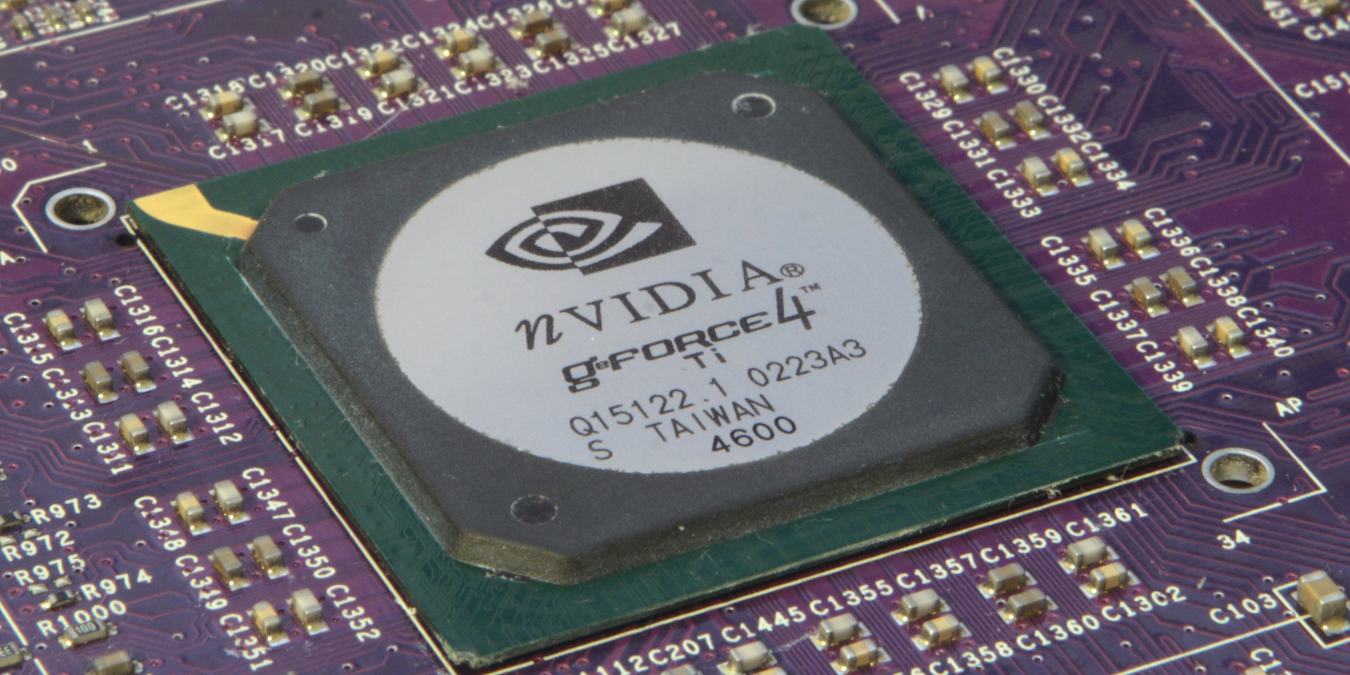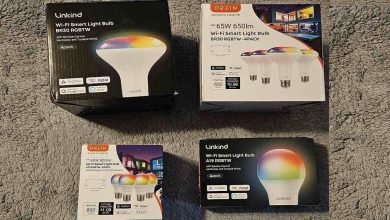What Is GPU Artifacting, and What Does It Look Like?

When turning on your computer, the last thing you want to see are little streaks or polka dots all over your screen that just won’t go away. Before the panic sets in, take a deep breath, and think for a bit about what’s actually happening with your system. It’s probably a good time to learn about what caused the artifacting on your GPU. This guide answers the question of what GPU artifacting is by walking you through each type and exploring your options.
Symbolic Artifacting, a.k.a. “Space Invaders”
You’ll see a huge array of little symbols plastered all over your screen in this type of artifact. They’ll either remain static, appear to move occasionally, or flash in and out constantly. Almost universally, the symbols will alternate between pointing to the bottom of your screen and the top.
Although not unheard of in older cards, this really started to happen around the time that Nvidia released its RTX 20-series Turing architecture graphics cards. The manufacturer is pretty quiet on the details of how the cards work, but this most likely comes from RTX cards passing some form of raw data from a malfunctioning streaming multiprocessor onto the screen.
You can sometimes fix this issue by tuning down (or entirely disabling) the overclocking settings on your card. You may even want to slightly undervolt the GPU and VRAM to see if the issue disappears. If you suddenly stopped playing Space Invaders permanently on your computer when undervolting the graphics card, you should still return it to the manufacturer for service or replacement.
Colored Streaks
Colored streak GPU artifacts have been around since the first card hit the market. They’re almost universally horizontal, sometimes accompanied by a green, purple or blueish color, and other times there are orange bits inside some or all of the lines.
The problem here is usually somewhere between the graphics card’s output and the monitor. You may have a faulty port, your cable may be incorrectly connected, the card may be incorrectly seated, or the cable itself can be faulty.
Make sure you’re using the right cable for the job. HDMI 1.0 cables, for example, will struggle to keep up with a card putting out a 4K signal at 75 frames per second. Even if you have the right cable, try a different one, just to make sure that the problem doesn’t lie with the card itself.
Polka Dots
GPU artifacting in the form of dots can signal a faulty or dead card. The dots usually come in red, blue, or green and don’t change their behavior regardless of what you do with your screen.
As a last-ditch effort, try turning off the system and re-seating the GPU. This will usually solve one-off issues caused by a bad card installation. If your card is new, return it for a replacement. If it’s been running for a few years, you’re probably staring at a problem that can only be solved by purchasing a new GPU.
Color “Bubbles”
The colorful kaleidoscope effect of bubble artifacts often appears only when you’re exerting some stress on your card by doing something like rendering a video for processing or playing a game. Orbs start to appear that move together with the camera as it pans inside a 3D environment. They’ll be mostly blue, red, and purple. Occasionally, green and yellow appear. The orbs most often appear lit, and in severe cases, also obscure the view of your screen completely.
This problem mostly happens to older GPUs that haven’t been cleaned or cooled properly in a while. Dust off your system, give it some love and care, and find better cooling solutions for it.
Don’t forget to check your memory clock. If the problems persist after cleaning things out, lower the clock on the VRAM. At some level, the GPU artifacting will disappear.
Artifacts That Only Appear In Particular Games
There are times when you’ll get some textures that flash constantly in a game that used to run fine. Lighting effects may get wonky, texture artifacts can pop up and severely block your view, and the frame rate may drop to unsustainable levels for long periods of time.
These are all signs that the GPU isn’t running that game very well. If other more demanding games run fine, your problem is caused by either a terrible patch by the developer or a driver release that doesn’t manage objects in the graphics card’s memory correctly.
In either scenario, if you updated your drivers recently, downgrade them. If you downloaded a patch for the game recently, wait for the developers to release a hotfix. There’s not much else you can do.
Is My GPU a Goner?
If you’ve done everything in our guide that we’ve linked to throughout this guide, and you’re still not getting anywhere, it may be time to accept that the GPU artifacts are truly a sign of death. Check whether it’s still under warranty and see if you can salvage the situation.
In the meantime, slow down, and have a look at what you can do if push comes to shove, and you are forced to buy a new GPU.
Image Credit: Wikimedia Commons
Subscribe to our newsletter!
Our latest tutorials delivered straight to your inbox




